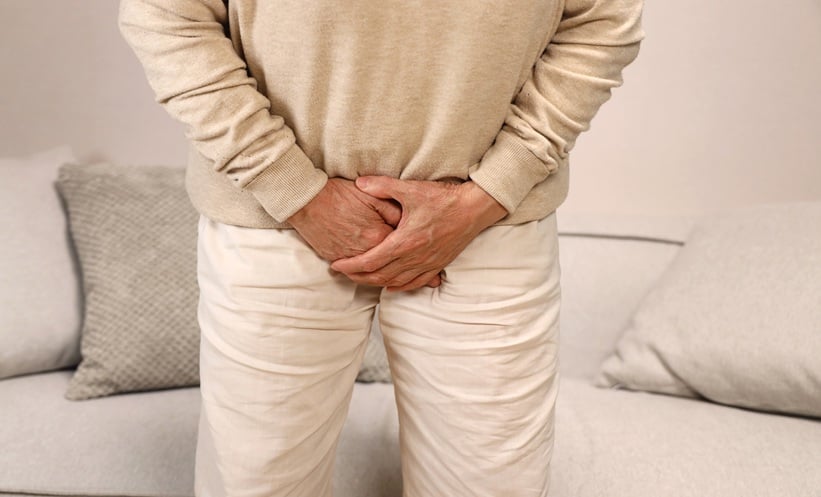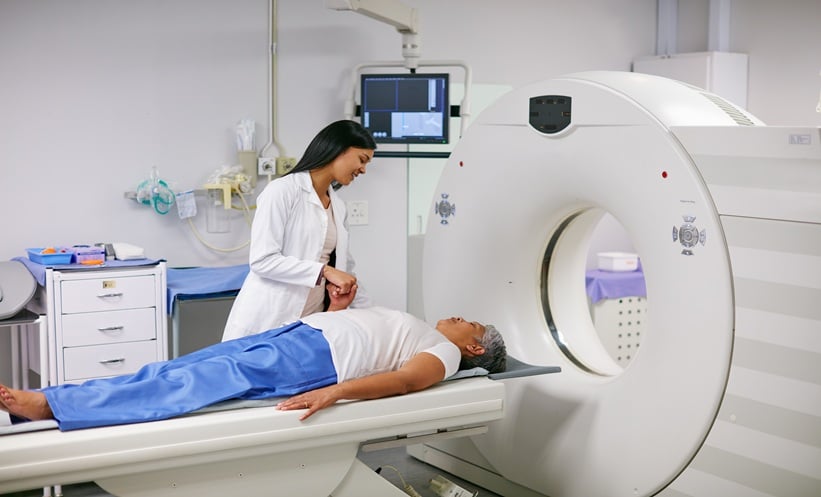BLADDER neck stenosis remains a rare yet significant complication following transurethral resection of the prostate (TUR-P), the standard treatment for benign prostatic hyperplasia (BPH). Reported incidence rates of bladder neck stenosis after TUR-P range from 0.3% to 9.7%, with similar figures seen after other transurethral procedures such as laser enucleation and photovaporisation.
SIP-BMG Shows Promise in Refractory Bladder Neck Stenosis
The first-line treatment for bladder neck stenosis typically involves endoscopic procedures such as visually controlled dilatation or direct vision internal urethrotomy (DVIU). Although these interventions can achieve up to 90% success after repeated sessions, recurrence remains a challenge. When endoscopic management fails, reconstructive bladder neck surgery becomes essential.
Traditional reconstructive approaches like YV-plasty and T-plasty have long been accepted, offering success rates of 75–100%. However, these techniques may cause complications such as persistent storage symptoms and rely on extensive tissue mobilisation, which can compromise healing. Recent innovations have focused on improving outcomes while reducing complications.
The subtrigonal inlay patch buccal mucosal graft (SIP-BMG) technique represents one such advancement. Originally reported in 2019 using a robotic approach, SIP-BMG employs a buccal mucosal graft to reconstruct the bladder neck, drawing upon the graft’s proven success in urethral stricture surgery.
Encouraging Long-Term Results
In the present study, open SIP-BMG surgery achieved a success rate exceeding 90%, with significant improvements in Qmax, IPSS, and OAB-V8 scores. Only one out of eleven patients required reoperation for recurrent stenosis, demonstrating durable outcomes over a median follow-up of 36 months. Adverse effects were minimal, with retrograde ejaculation observed in 36%, a common outcome after BPH surgery, and only one case of mild urge incontinence.
These findings indicate that SIP-BMG for bladder neck stenosis is a highly effective option for patients unresponsive to endoscopic management. Although further prospective research with larger cohorts is needed, SIP-BMG offers a promising reconstructive alternative that combines robust functional results with low complication rates.
Reference
Bozkurt O et al. Long-Term outcomes of subtrigonal inlay patch in case series – buccal mucosal graft technique for recurrent bladder neck stenosis. BMC Urol. 2025;25(1):253.







